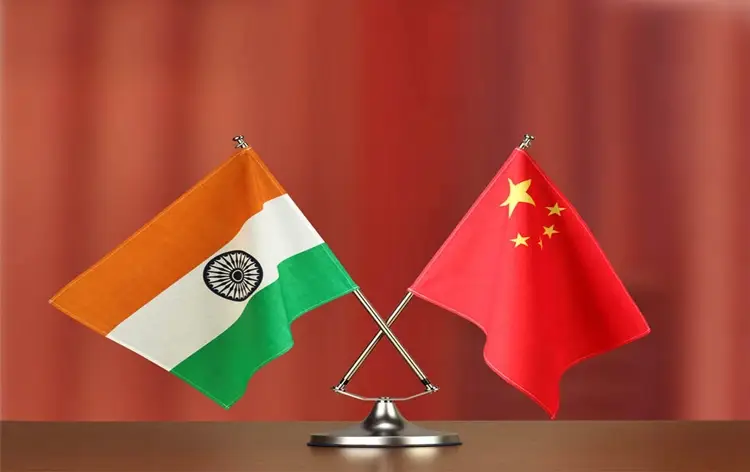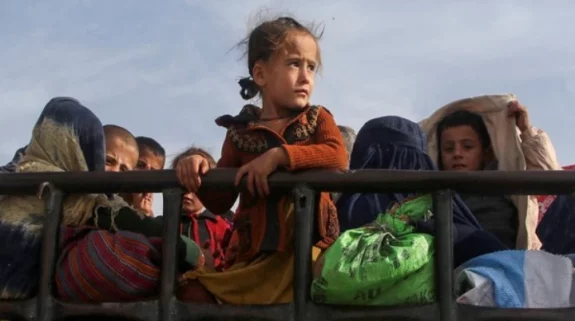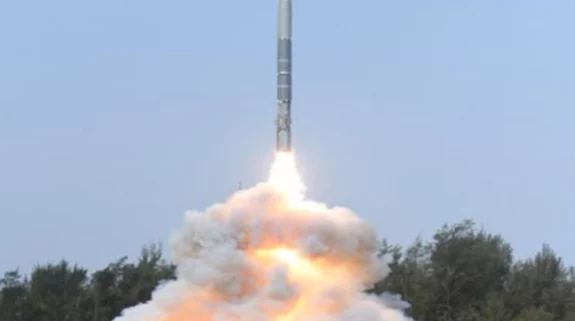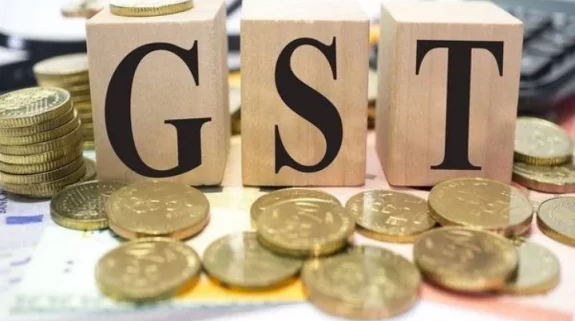India, which is now the world’s most populated country, is all set to ride high on its demographic dividend at a time when China’s worries over an ageing population are rising. While several companies are now aggressively chalking out strategies to diversify their supply source in the post Covid phase, the advantage of cheap labour that they enjoyed in China is fast eroding as well due to the ageing population.
“This opens up an opportunity for India to play a larger role in global manufacturing. The rise in Indian consumers’ income could also help develop the local market for multinational companies, making moving production to India even more justifiable,” South China Morning Post said.
Goldman Sachs in its report said that India, driven by a large pool of talent and working age population, is poised to become the second largest economy by 2075, beating the US, Germany and Japan. According to Santanu Sengupta, Goldman Sachs Research’s India economist, India must, however, boost its labour force participation to achieve its full potential. Earlier it said that China will overtake the US—the largest economy in the world – by 2030.
India’s economy expanded 7.2 per cent in 2022-23 compared to China’s 3 per cent in 2022.
Apple Inc’s boss Tim Cook during his visit to India earlier this year, launched two retail stores –one in Mumbai and one in New Delhi. Cook met Prime Minister Narendra Modi and expressed his keenness to invest more in India.
Later during an earnings call, Cook mentioned India as many as 20 times.
“India is an incredibly exciting market. It’s a major focus for us,” he said, adding that the country is at a tipping point. Cook added that the vibrancy in India is unbelievable.
Even as China is poised to become the largest economy in the next few years, its challenges are rising.
As per United Nations projections, India’s median age, which is 27.9, will rise to 34.6 years by 2040 while for China it will be 48 years. Last year China’s median age was 38.5. Earlier an E&Y research noted that India would remain the largest provider of human resources in the world. About 24.3 per cent of the incremental global workforce over the next decade will come from India, it said.
“Over the next two decades, the dependency ratio of India will be one of the lowest among regional economies,” Goldman Sach’s Sengupta said, adding that the country must focus further on strengthening critical sectors such as manufacturing, services and infrastructure.
The multi-trillion PM Gati Shakti infrastructure programme launched in 2021 by Prime Minister Narendra Modi has also caught the attention of several global investors especially after Apple’s decision to start manufacturing iPhone 14 in India. A host of multinational companies are now closely monitoring the progress of the Gati Shakti as the government resets its focus on reviving economic growth.
India has been placed at 38th slot in the World Bank’s Logistics Performance Index. China is ranked 19th but Vietnam is placed 43rd and Indonesia 61st.
According to SCMP, with positive business metrics, “India has reached a sweet spot to compete with a number of Southeast Asian nations to be the ‘plus one’ when multinationals are considering their ‘China+1’ manufacturing strategy.”
However, India must maintain stability in policy decisions.
Also read: PM Modi unveils projects worth Rs 7,500 crore in Chhattisgarh to put state on fast growth track




















